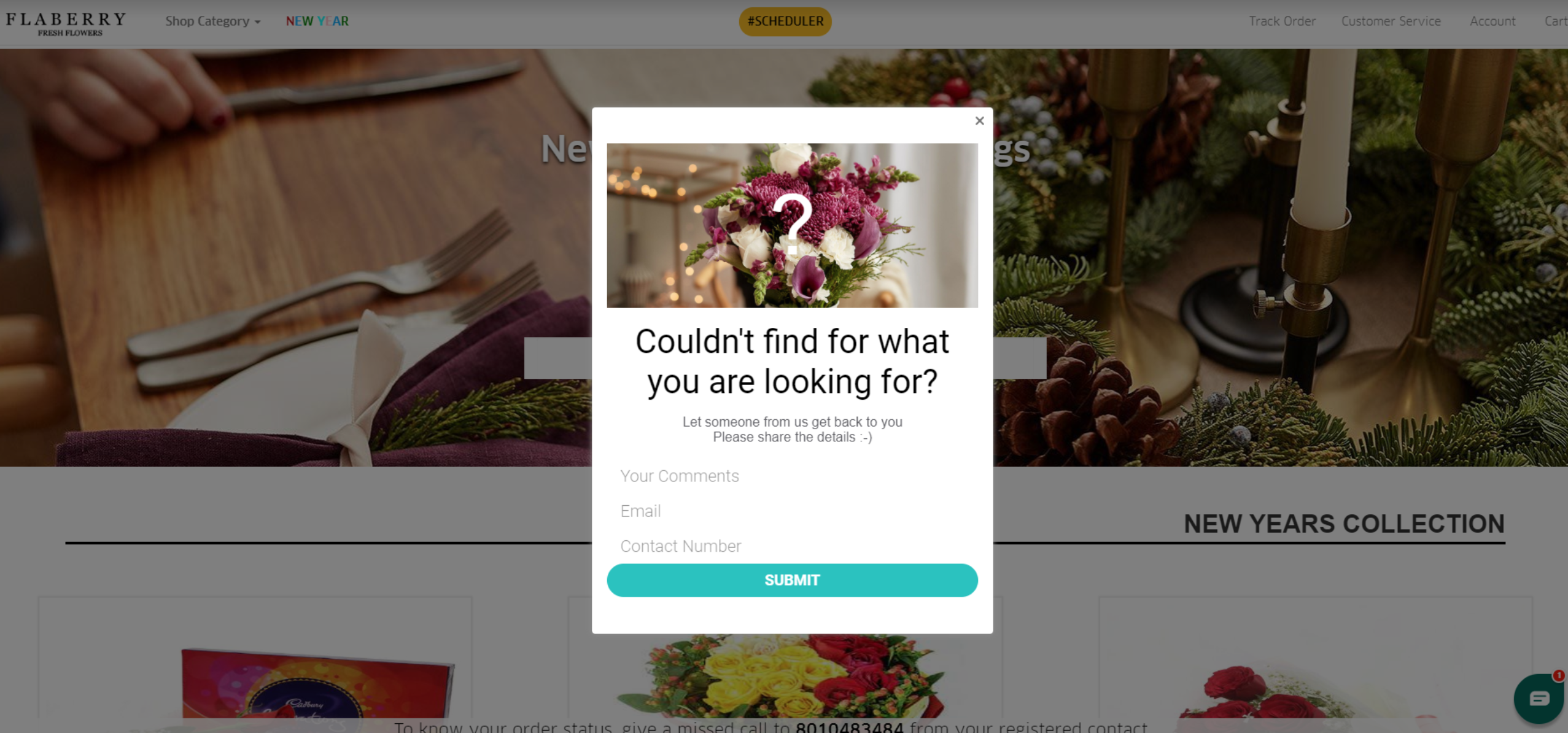
How to customize your pop-ups based on user behavior?
Why display the same pop-ups to all your visitors when their expectations differ? A generic approach risks frustrating them and harming your conversion rate. On the other hand, personalized pop-ups, triggered based on user behavior, can capture attention and generate more engagement. Time spent on a page, exit intentions, or specific actions, each interaction offers an opportunity to tailor your message. Discover how to intelligently customize your pop-ups to maximize their impact and improve the user experience. Read on to transform your strategy!
Why customize your pop-ups based on user behavior?
Using pop-ups is an effective strategy to capture visitors’ attention, but their effectiveness largely depends on their relevance. Displaying a generic pop-up to all visitors can harm the user experience and lead to a decrease in conversion rate. On the contrary, behavior-based personalization allows for a more engaging interaction tailored to visitors’ expectations.

📌 The importance of personalization
💡 A study by HubSpot reveals that personalized pop-ups can increase the conversion rate by 40% compared to standard pop-ups.
By adapting your pop-ups to browsing behaviors:
✔️ You capture attention at the right moment, when the visitor is most receptive.
✔️ You improve the user experience, by avoiding inappropriate interruptions.
✔️ You optimize your conversion rate, by offering a relevant message based on the action taken.
🛠️ Key criteria for personalization
1️⃣ Time spent on the page: A visitor who spends more than 30 seconds on an article shows interest. A pop-up offering complementary content or a newsletter sign-up can then be relevant.
2️⃣ Exit intentions: Detecting when a user is about to leave your site and offering them an exclusive offer or a lead magnet can reduce the bounce rate.
3️⃣ Pages visited: A visitor viewing several pages on the same topic might receive a targeted recommendation or a specific discount code.
4️⃣ Purchase behavior: If a user adds an item to their cart but hesitates to complete the purchase, a pop-up with a limited-time discount can encourage conversion.
How to implement smart and effective pop-ups?
Customizing your pop-ups based on user behavior is a powerful optimization lever. However, to maximize their effectiveness without harming the user experience, it is crucial to follow a strategic approach and best optimization practices.

📊 Choosing the right automation tools
💡 According to a study by Sumo, well-designed pop-ups display an average conversion rate of 3.09%, while the best-optimized can reach 9.28%.
To achieve this:
✔️ Use an advanced solution like Poosh.io to create dynamic pop-ups based on visitor behavior.
✔️ Set precise display rules (exit intentions, time spent on the page, specific actions).
✔️ Test multiple formats: full-page pop-ups, floating banners, discreet notifications.
🛠 Optimize personalization without harming the user experience
1️⃣ Limit the display frequency: Too many pop-ups can frustrate the user and cause immediate exit from the site.
2️⃣ Carefully design the message: A clear, well-structured, and visually appealing pop-up improves the conversion rate.
3️⃣ Test and analyze performance: Integrating A/B tests allows identifying the most effective triggers.
4️⃣ Offer real value: A pop-up should not be seen as an interruption, but as an opportunity for the user (discount, premium content, exclusive registration).
Customizing your pop-ups based on user behavior boosts engagement and conversion. Use smart tools, test your strategies, and optimize every interaction. Ready to transform your approach? Take action with Poosh.io!